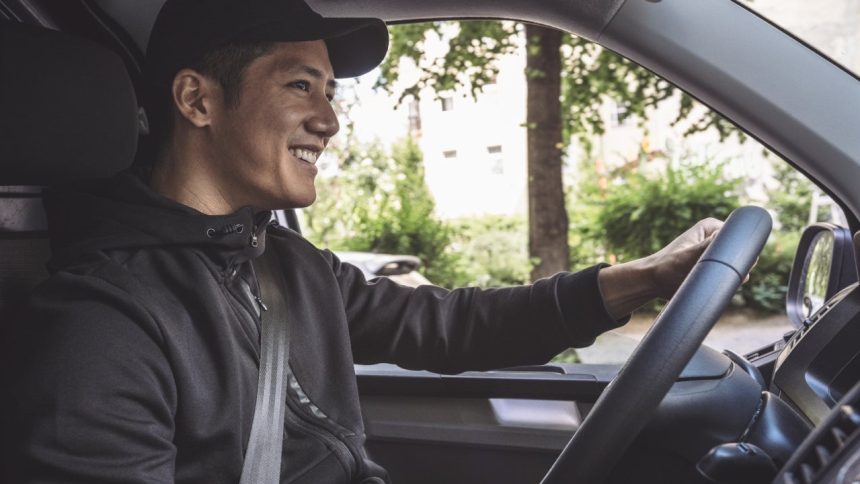Key takeaways
- After you buy a new car, your insurer may offer a grace period lasting seven to 30 days for switching your car insurance.
- If your insurer doesn’t have a grace period, you must add your new car to your policy before driving off the lot.
- In most states, driving without insurance, even for a short period of time, is illegal, and you could face penalties if you do not switch coverage to your new car.
Buying a new car can be an exciting time — but as you may know, several tasks are involved in completing that purchase. One of those tasks is ensuring you have the appropriate car insurance your state requires to drive legally. Almost every state has minimum levels of coverage required, which you can generally find on your state’s department of motor vehicles website or from an insurance agent. Many insurers offer a grace period, lasting from seven to 30 days, where your old policy can be used to cover your new car. This gives you time to update your coverage or purchase new car insurance. Bankrate created this guide to explain the insurance grace period for a new car.
Is there a grace period for car insurance when buying a new car?
The answer to this question is “maybe.” Although not all insurers may offer a new car insurance grace period, many do. If you are purchasing your new car to replace one you previously owned and insured, you can likely take advantage of the grace period if your insurer offers it. That grace period may last from seven to 30 days and is meant to give you time to update your policy.
When you buy your new car, one of the first things you should do is contact your insurance company to cancel coverage on your old vehicle and update your policy to reflect your new purchase. If you didn’t have insurance before, you’ll probably want to gather quotes from insurers to find the company that offers you the most affordable rate. In that case, you will not have access to a grace period because you did not have a policy before.
How does my car insurance coverage work in a grace period?
If you have full coverage car insurance on a vehicle on your insurance policy, that same coverage will probably extend to your new vehicle during a grace period. If you carry liability-only coverage, you may have significantly limited coverage on your new vehicle during the new car insurance grace period. If you have multiple vehicles on your policy with different levels of coverage, typically, the best coverage on your policy temporarily applies to your new car. Temporary coverage applies regardless of whether you buy your newer vehicle through a dealer or a private seller.
Bankrate insights
For example, say you have two vehicles on your auto insurance policy: one vehicle with $500 comprehensive and collision deductibles and one vehicle with liability-only coverage. If you were to purchase a third vehicle, generally, your new car would automatically have the best coverage available on your policy, which is comprehensive and collision coverage. However, how long the insurance grace period for a new car lasts varies by carrier, so it is important to know what coverage limitations apply to your situation.
How long does a car insurance grace period last?
Depending on your car insurance policy and current level of coverage, a car insurance grace period can last anywhere from seven to 30 days from the purchase date of your new vehicle. The level of coverage on your new vehicle may be limited during the grace period, and in some cases, your deductible would still apply to any claims filed. Checking in advance with your insurance company can help to prevent any gaps in coverage and associated financial risks.
When does a car insurance grace period not apply?
If you do not have an active car insurance policy when buying a new car, the insurance grace period will not apply. In this case, you’ll need to shop for car insurance and simply get a new insurance policy for your vehicle. Depending on how much time you have before needing to drive off the car lot, it may be worth considering getting multiple car insurance quotes to find the best rate for your needs. Rates can vary drastically from company to company based on several factors specific to you and your car.
If you have an active policy, a car insurance grace period may not apply in a few scenarios, such as if your insurer does not offer a grace period or you have exhausted your grace period coverage. In either case, you’ll need to add your vehicle to your policy to have coverage. Without it, you could be considered driving without insurance should an incident happen, which could have major consequences.
Frequently asked questions
Read the full article here














